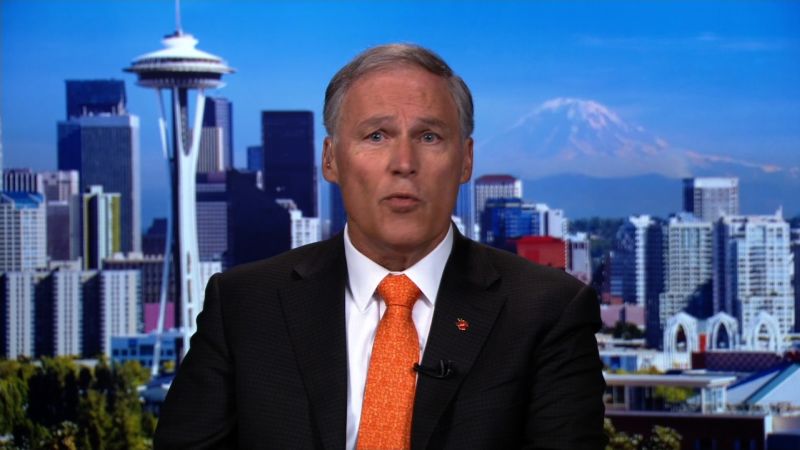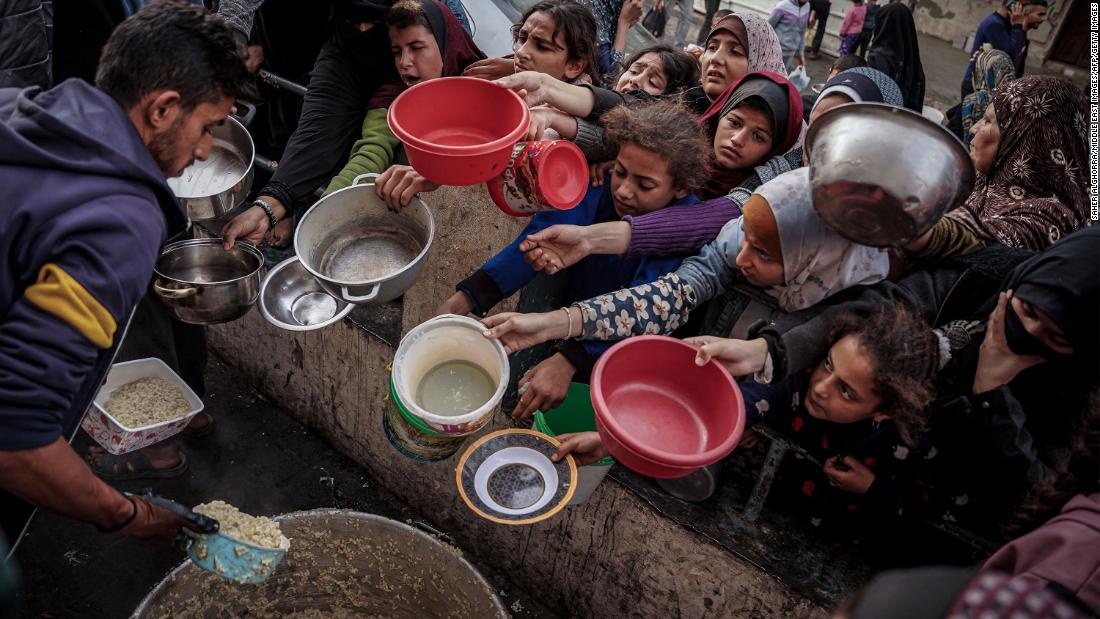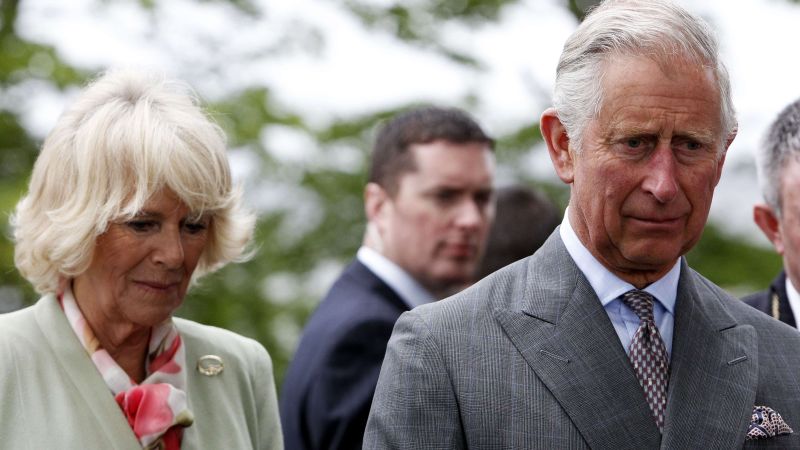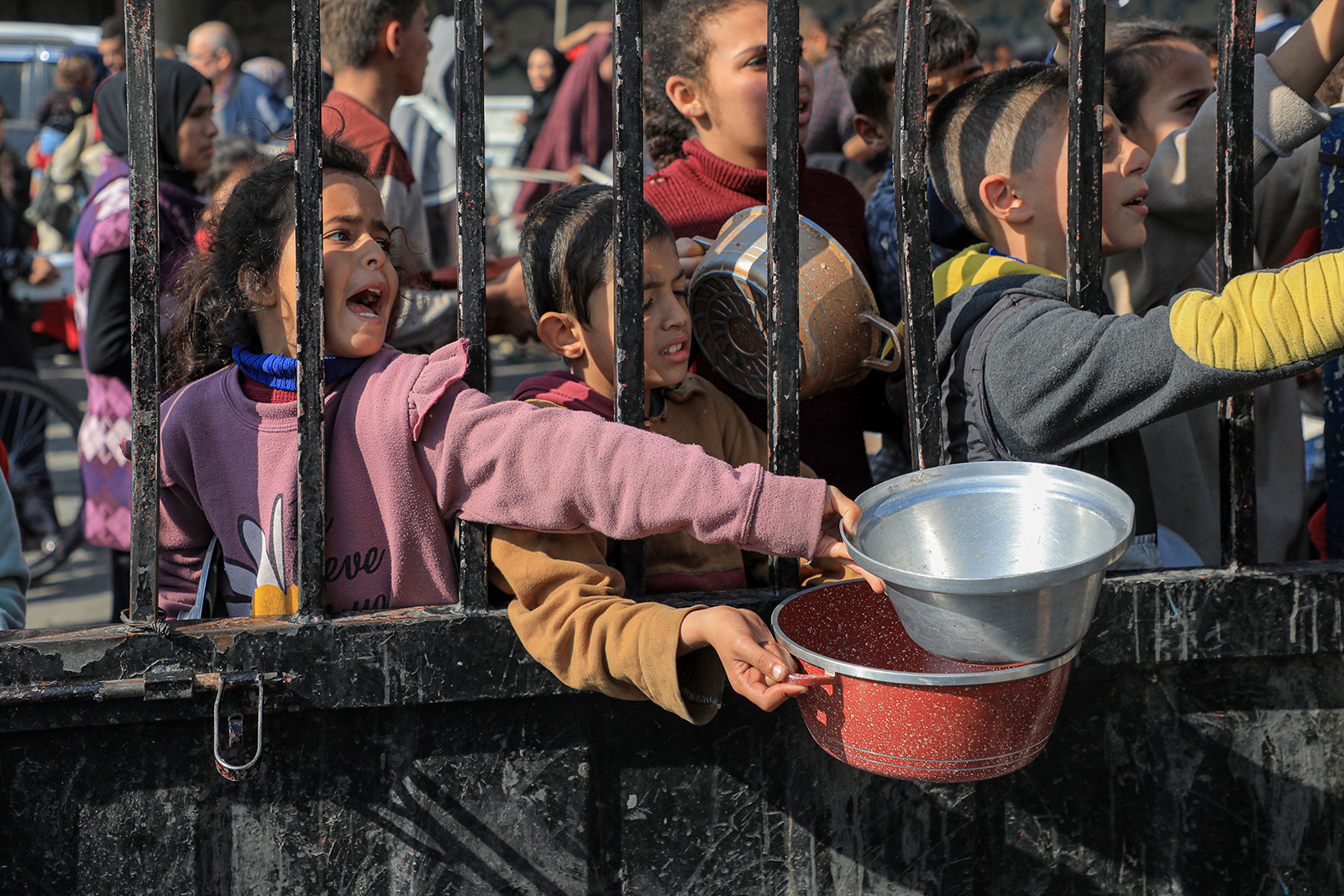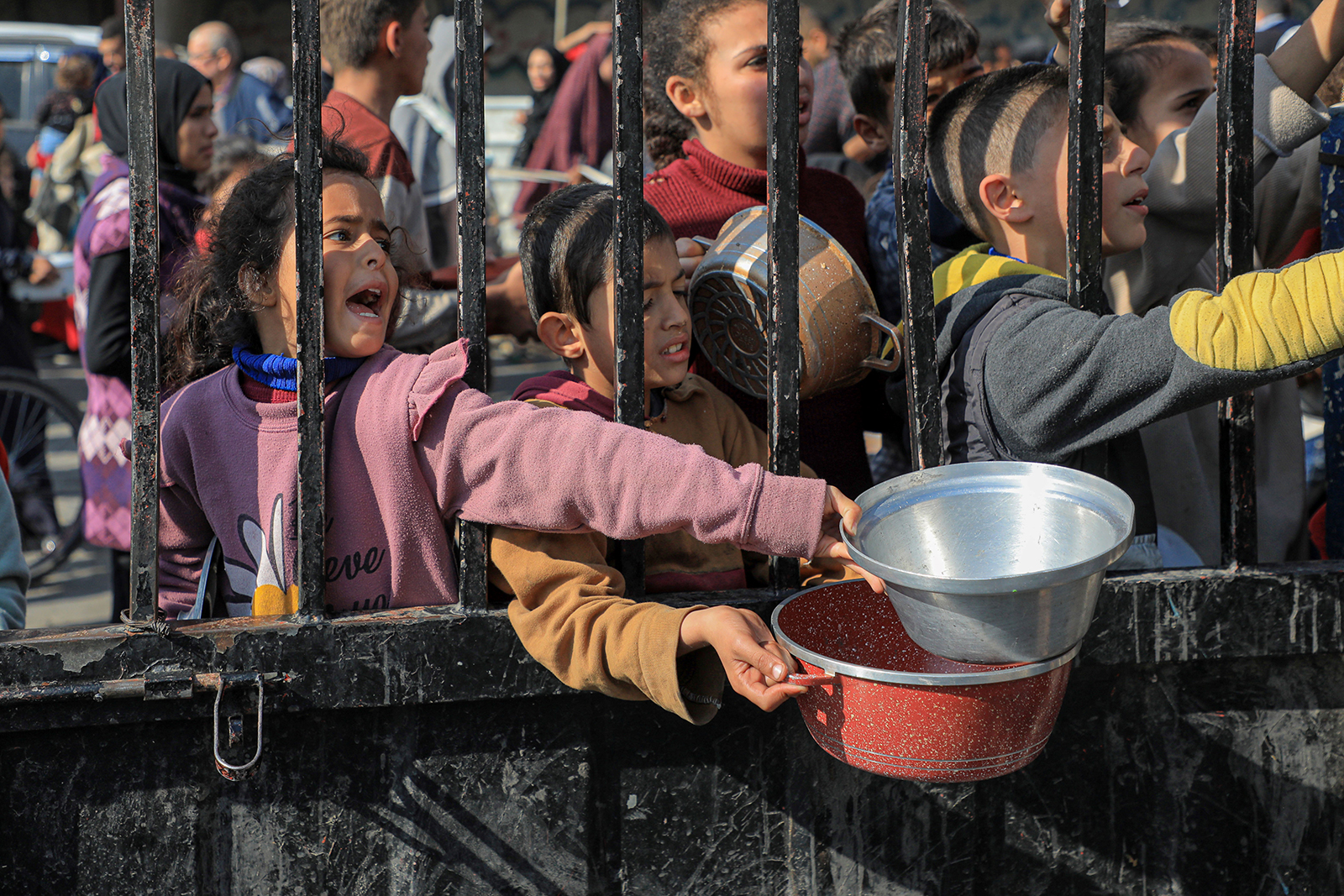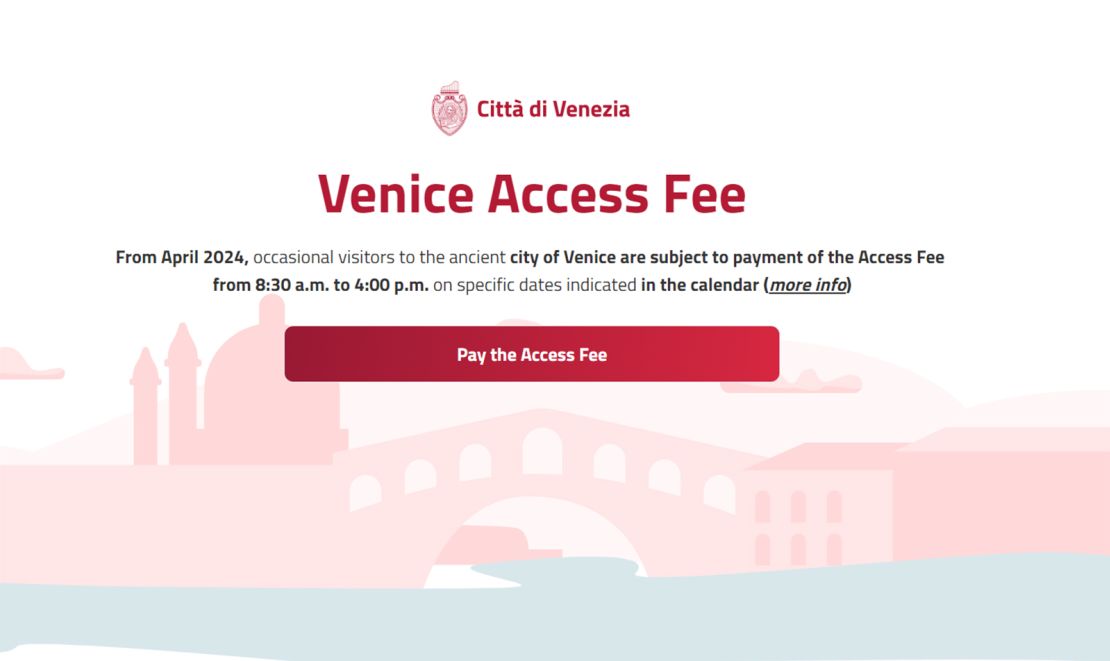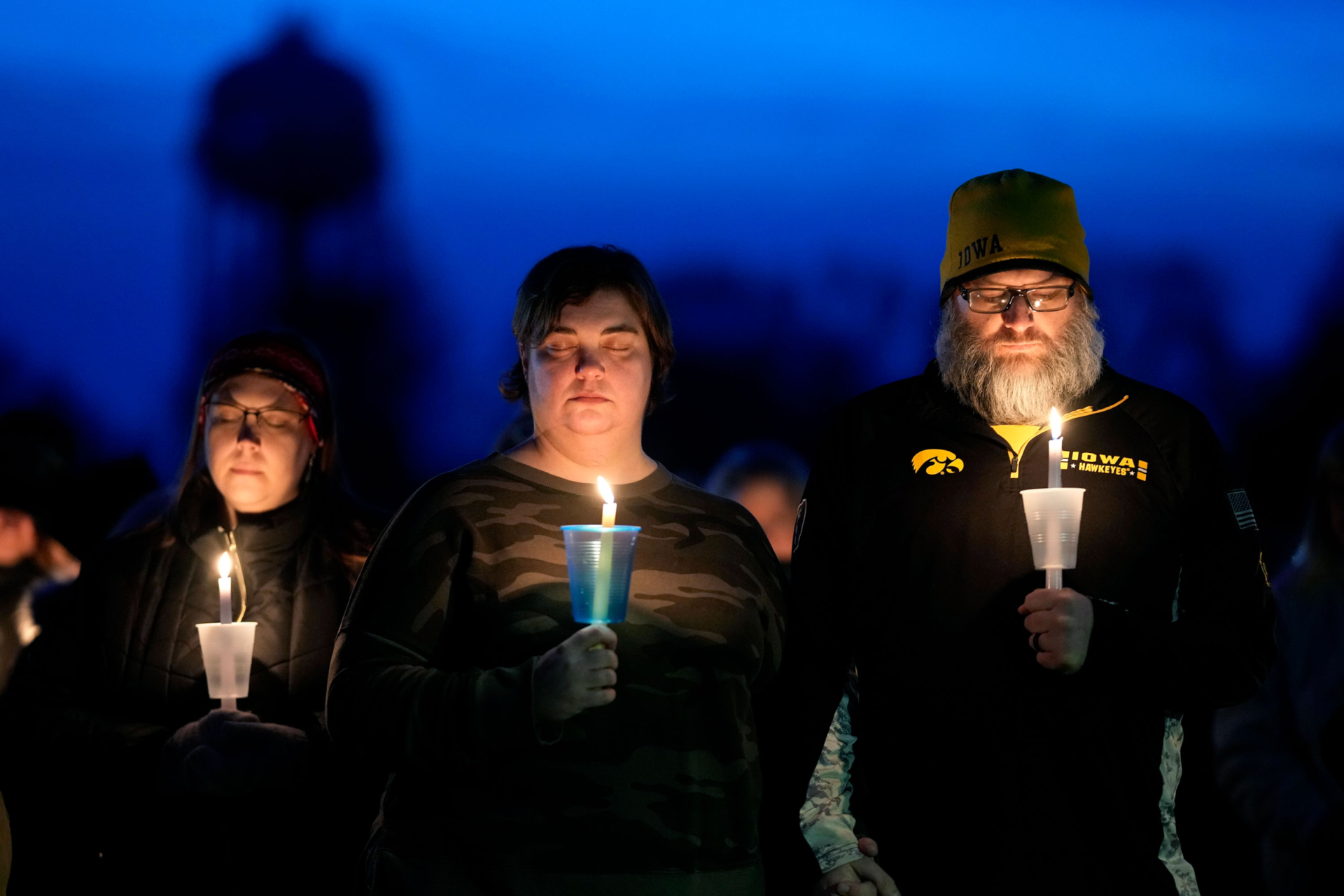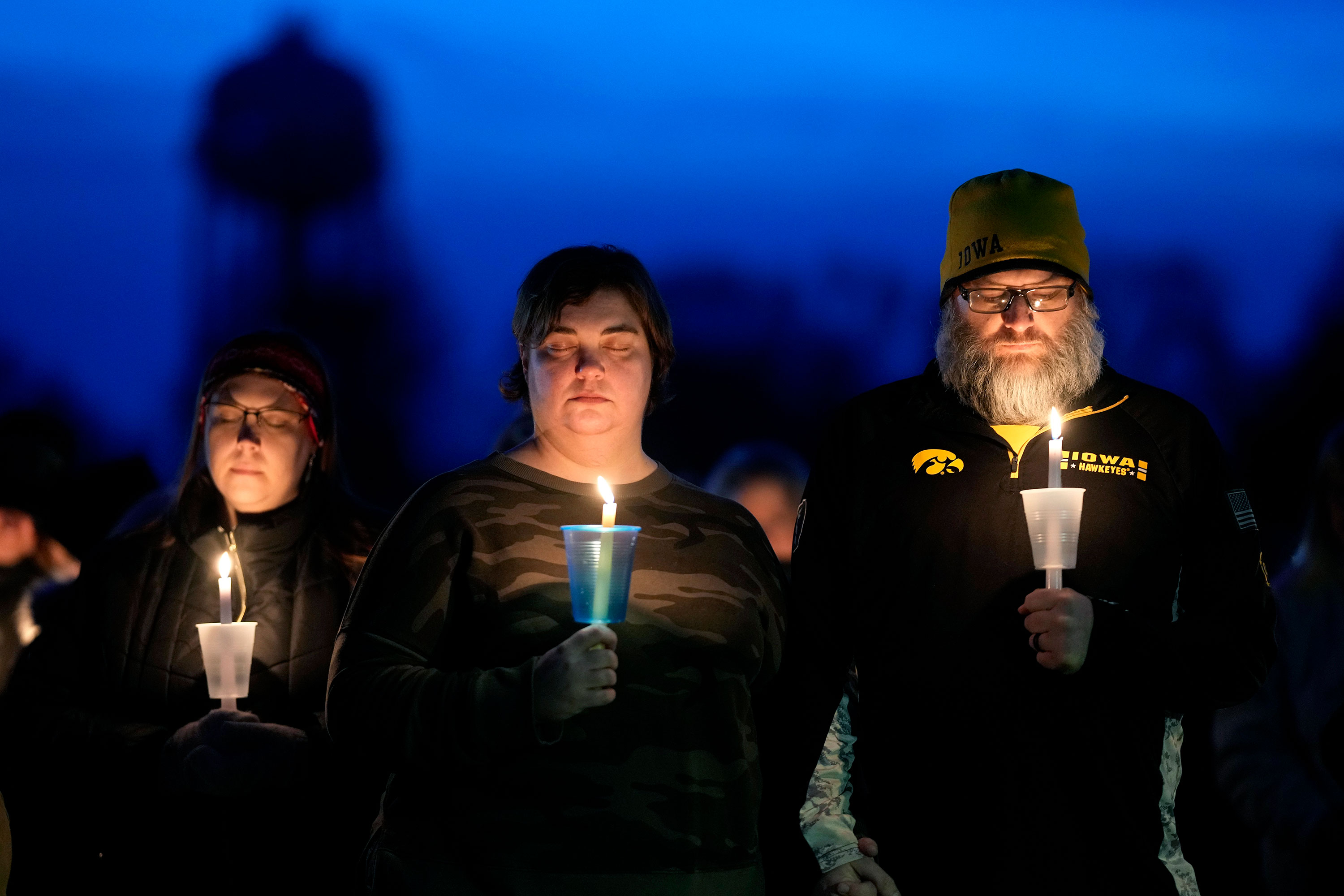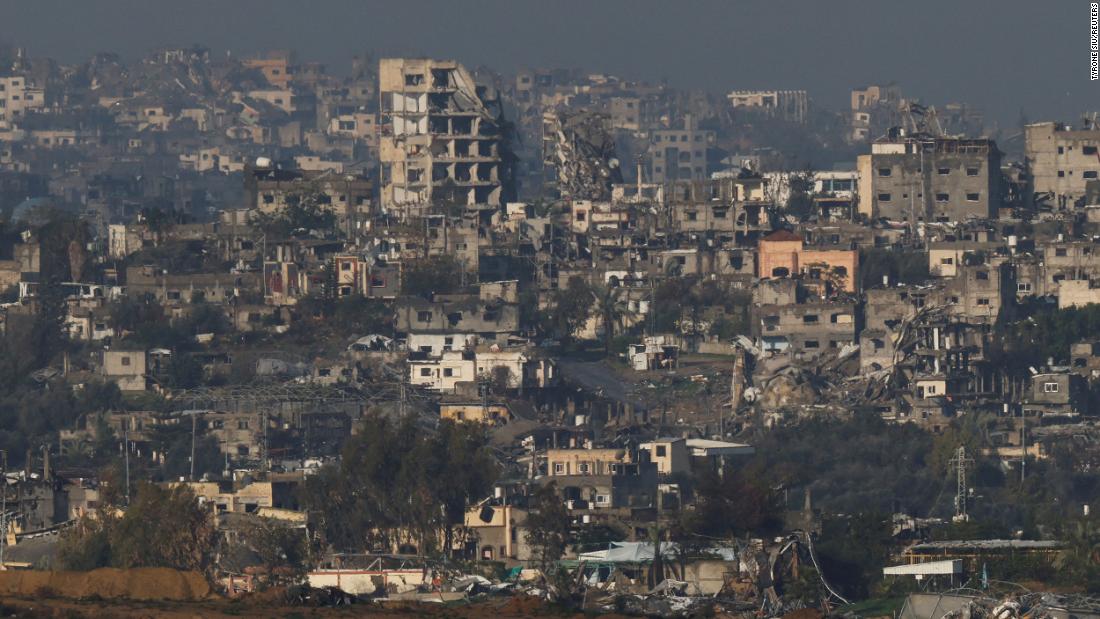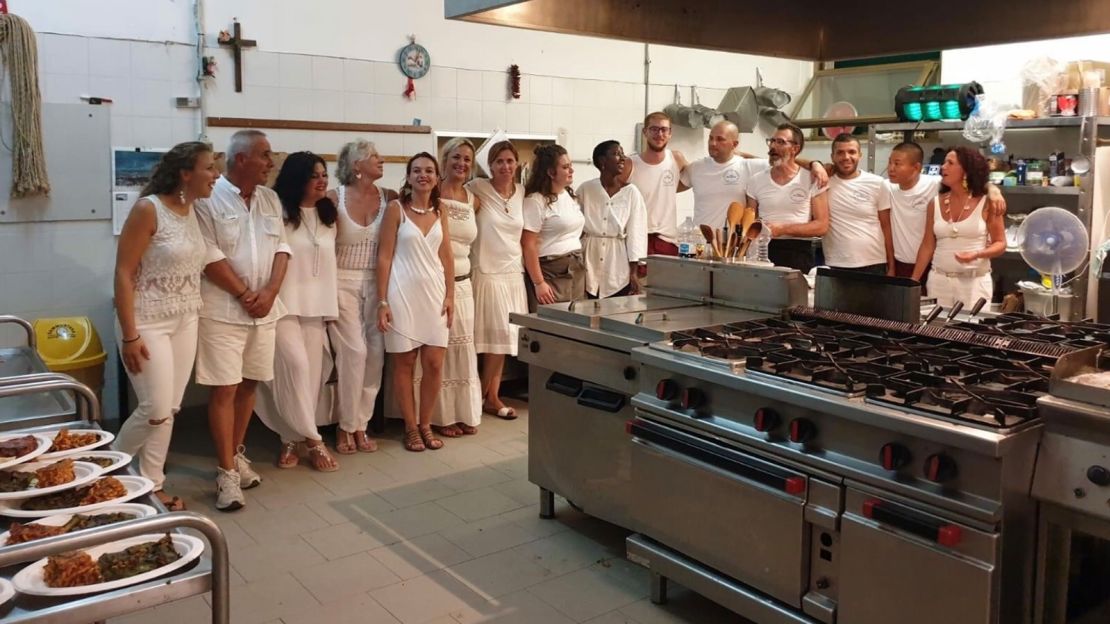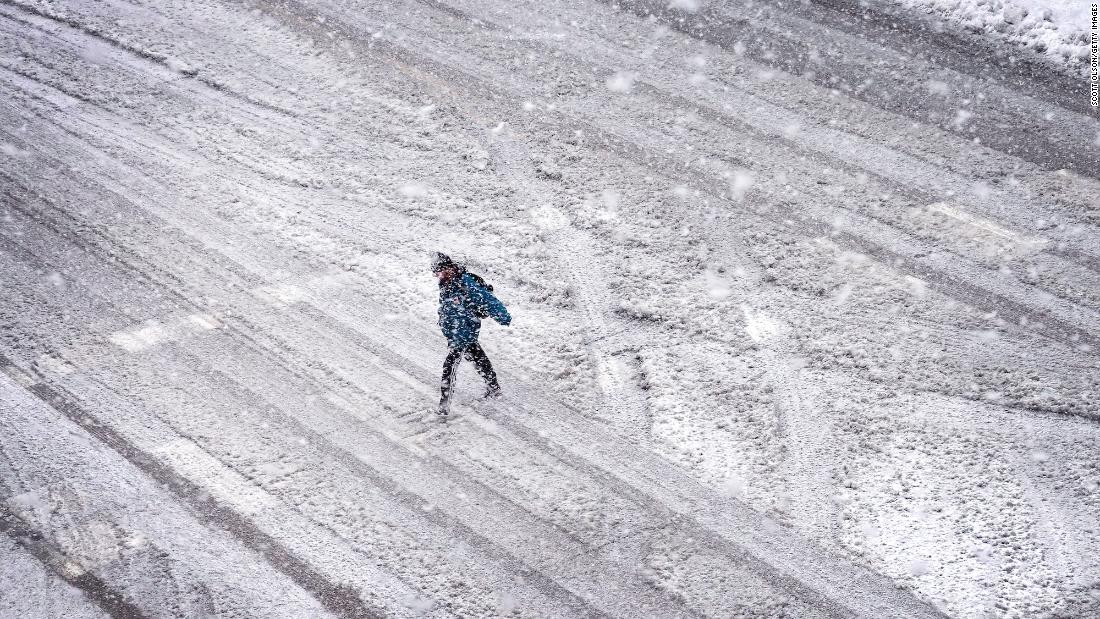CNN
—
Here is a look at the life of Jay Inslee, governor of Washington and former 2020 Democratic presidential candidate.
Birth date: February 9, 1951
Birth place: Seattle, Washington
Birth name: Jay Robert Inslee
Father: Frank Inslee, biology teacher, coach and athletic director
Mother: Adele (Brown) Inslee, store clerk
Marriage: Trudi (Tindall) Inslee (August 27, 1972-present)
Children: Jack, Connor and Joe
Education: Stanford University, 1969-1970; University of Washington, B.A., 1973, economics; Willamette University College of Law, J.D., 1976, graduated magna cum laude
Religion: Protestant
Inslee is dedicated to addressing climate change and other environmental issues.
While in the US House of Representatives, he served on the House Committee on Energy and Commerce and on the House Select Committee on Energy Independence and Global Warming.
He was the first governor to enter the 2020 presidential race.
At Seattle’s Ingraham High School, Inslee was the starting quarterback.
Worked his way through college doing odd jobs.
Has praised the “Green New Deal,” saying it is “raising people’s ambitions” and “making what might seem impossible within the realm of the possible,” but has not outright said he would support the entire package. Nor has he endorsed Medicare-for-all.
Established Washington’s Marijuana Justice Initiative. It allows for gubernatorial pardons for those previously convicted of a single misdemeanor marijuana crime “between January 1, 1998, and December 5, 2012, when I-502 legalized marijuana possession.”
After law school, works as an attorney with Peters, Schmalz, Leadon & Fowler (later Peters, Fowler and Inslee), and serves as a city prosecutor for over a decade.
November 1988 – Wins an open seat in the Washington House of Representatives for the 14th District against Lynn Carmichael (R) with 51.64% of the vote. Is reelected in 1990 with 61.82% of the vote.
1989-1993 – Washington House of Representatives.
November 1992 – Wins US House of Representatives seat for Washington’s 4th District against Richard “Doc” Hastings (R) with 50.84% of the vote.
January 3, 1993-January 3, 1995 – US House of Representatives.
November 1994 – Loses his reelection bid to the US House of Representatives to Hastings with 46.6% of the vote.
1995-1996 – Attorney at Gordon, Thomas, Honeywell, Malanca, Peterson & Daheim L.L.P.
September 1996 – Unsuccessful gubernatorial bid, only coming in third with 10% of the vote in the primary.
1997-1998 – Region 10 Director for the US Department of Health and Human Services under US President Bill Clinton, serving Alaska, Idaho, Oregon and Washington.
November 1998 – Wins US House of Representatives seat for Washington’s 1st District, after four years out of office, against incumbent Rick White (R) with 49.77% of the vote.
January 3, 1999-March 20, 2012 – US House of Representatives. Reelected six times.
2007 – His book, “Apollo’s Fire: Igniting America’s Clean Energy Economy,” written with Bracken Hendricks, is published.
March 10, 2012 – Announces he will resign from the US House of Representatives in order to focus on his run for governor of the state.
November 2012 – Wins the election for governor of Washington, defeating Rob McKenna (R) with 51.54% of the vote. Is reelected in 2016 with 54.39% of the vote.
January 16, 2013-present – Governor of Washington.
February 11, 2014 – Announces that he is suspending executions while he is in office, meaning he will issue reprieves when any capital cases come to his desk for action.
2015-2016, 2017-2018 – Education and Workforce Committee Chair, National Governors Association (NGA).
2016-2017, 2018-2019 – Education and Workforce Committee Vice Chair, NGA.
2016 – Endorses Hillary Clinton for president of the United States.
2017-present – Co-chair of the US Climate Alliance, a group he co-founded with California Governor Jerry Brown and New York Governor Andrew Cuomo. The Alliance pledges to uphold the Paris Climate Accord following the United States’ withdrawal from the agreement.
2017-2018 – Chairman of the Democratic Governors Association.
July 5, 2017 – Inslee signs Washington’s paid family and medical leave act into law. It is considered one of the most generous such laws in the nation.
November 6, 2018 – Loses a bid to enact a statewide carbon emissions tax, for the second time in two years.
March 1, 2019 – Releases a video announcing his presidential candidacy.
March 14, 2019 – Signs a bump stock buy-back program into law a week before a nationwide ban takes effect. The devices, which replace the standard stock and grip of a semi-automatic firearm, make it easier to fire rounds from such a weapon by harnessing the gun’s recoil to “bump” the trigger faster.
August 21, 2019 – Suspends his 2020 presidential campaign.
August 22, 2019 – Announces that he is running for a third term as governor.
November 3, 2020 – Wins reelection to a third term as governor.
June 30, 2022 – Inslee issues a directive that bars state police from cooperating with out-of-state investigatory requests related to abortion in his efforts to make the state a “sanctuary” for those seeking abortion services. The decision comes after the US Supreme Court ruled to strike down Roe v Wade, the 1973 legal precedent which guaranteed people’s federal constitutional right to abortion. The historic ruling essentially leaves abortion laws in states’ hands.
September 9, 2023 – Inslee endorses State Attorney General Bob Ferguson for the 2024 Washington gubernatorial election race.

